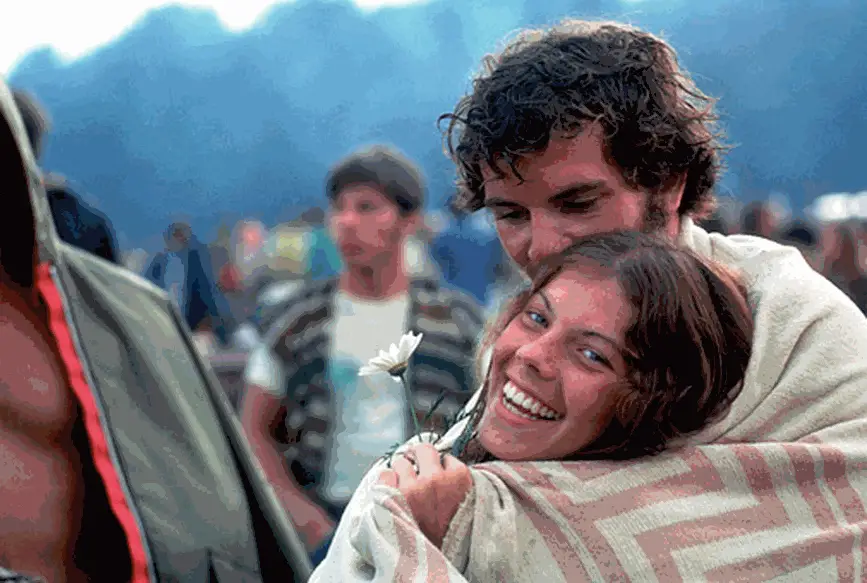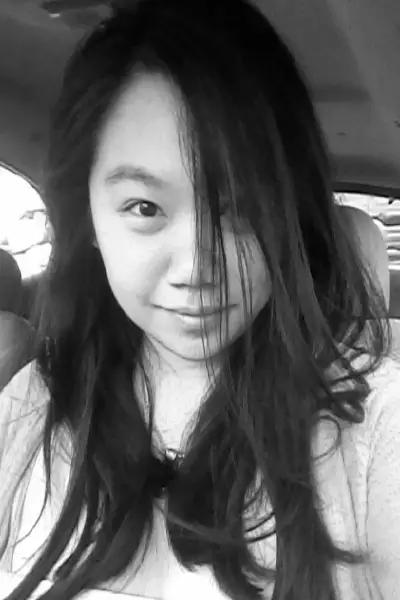Rainbow Gathering 101
Sometimes compared to a Burning Man for hippies, the annual forest gatherings offer inclusion, love and complete open-mindedness.
By Michelle Hy, Portland State University
Are you looking to do something a little different this summer?
Do you enjoy camping, a culture of love and acceptance, and don’t mind a few tweakers and the constant patrol of law enforcement? If so, the national Rainbow Gathering might be just the event for you.
The direct descendant of Woodstock, the Rainbow Gathering and the Rainbow Family of Living Light began an annual tradition in 1972. Hippies and other proponents of counterculture decided to hold a gathering every year from July 1-7 in a different national forest to celebrate life, love and the earth with festivities that reach their climax on July 4th.
 Since then, thousands of people from around the world have participated in not only the summer gatherings, but also smaller regionals in various states and gatherings in different countries. For many, it is a way of life.
Since then, thousands of people from around the world have participated in not only the summer gatherings, but also smaller regionals in various states and gatherings in different countries. For many, it is a way of life.
So where does a millennial college student looking for a novel summer experience fit in?
It depends.
Rainbow can sound charming with its focus on love and acceptance and moving away from unsustainable living. It almost seems like Burning Man for hippies. However, the deal with Rainbow Gatherings is that they are actively counterculture. They mostly attract people living fringe or alternative lifestyles who are often homeless. Alcohol and hard drug use are heavily looked down upon, but some people still partake. There is no official structure of governance, and decisions such as where to hold the next gathering, are often resolved via consensus.
Gatherings have a long history of conflict with locals and law enforcement, who for many represent some of the worst of “Babylon,” what Rainbow-goers call unsustainable, civilized society. One of the reasons why the location of the national gathering is not announced until mid June is to prevent law enforcement from taking measures to block people out of the potential site.
You also have to take into account that the Rainbow Family is, sadly, predominantly white.
I have been to two gatherings, and of the thousands of people there, I would hardly need both hands to count the number of fellow Asians I saw. This is not to say gatherings are solely attended by white supremacists. Far from it. I don’t remember experiencing any blatant racism, self-initiated jokes aside, in my time there. Being a minority is something to keep in mind to expect, however.
There is also the problem of cultural appropriation. I am no expert on the subject and to the honest, I still have a lot to think about in terms of what is or is not culturally appropriative. But one thing I can’t deny is that there is at least some appropriation and privilege present when a bunch of white people defend their right to gather in the Black Hills, land still in dispute primarily between the U.S. government and the Lakota.
To get back to the question of where you can fit in, you have options. If you’re looking for the full experience, head to the gathering as soon as the site is announced. This way, you’ll get in before the mass migration of people heading into the gathering. You’ll have your pick of campsite territory: either closer to the never-ending hum of the main meadow (the central hub of the gathering), or farther off the main paths for more privacy. It’s also easier to establish connections with people during the initial setup period, since there aren’t nearly as many faces to remember yet.
Ideally, Rainbow Gatherings are no more for the weekend warrior than they are for the hardcore drug or alcohol users. Still, Rainbow tries its best to be inclusive, organically finding places for the fringe of the fringe.
If you do want the weekend warrior experience, head into the gathering around July 1st. By this time, the site will have reached a population in the thousands. A showing of 10,000 people is not unheard of. The gathering will be bubbling over with energy from all sorts of people, from the lifelong members of the Rainbow Family to visiting tourists bundled in their North Face jackets and ogling at the noble New Age savages. As connections become more anonymous and fleeting, the event becomes a veritable buffet of personalities in various stages of undress.
Rainbow Gatherings are problematic, but it doesn’t mean they are worthless. Even as a timid, non-spiritual individual, I have had some of my most revelatory experiences to date at these gatherings. When people pass each other, the standard greeting is “Loving you,” which is often accompanied with a hug. There are dozens of kitchen camps devoted to making sure everyone is fed. And you can almost always walk up to a campfire, plop yourself down, and people will invite you to converse and smoke their weed, if you’re into it.
In their environment of acceptance, I felt room to explore the more outgoing aspects of myself, parts of myself striving toward being more actively open, compassionate and authentic. After a long, grueling academic year—my “Babylon”—the immersion in nature with other compassionate human beings was a literal breath of fresh air. Drive, hitchhike, find a rideshare. If being a part of Rainbow sounds appealing to you at all, go into it with all your heart. You won’t regret it.










